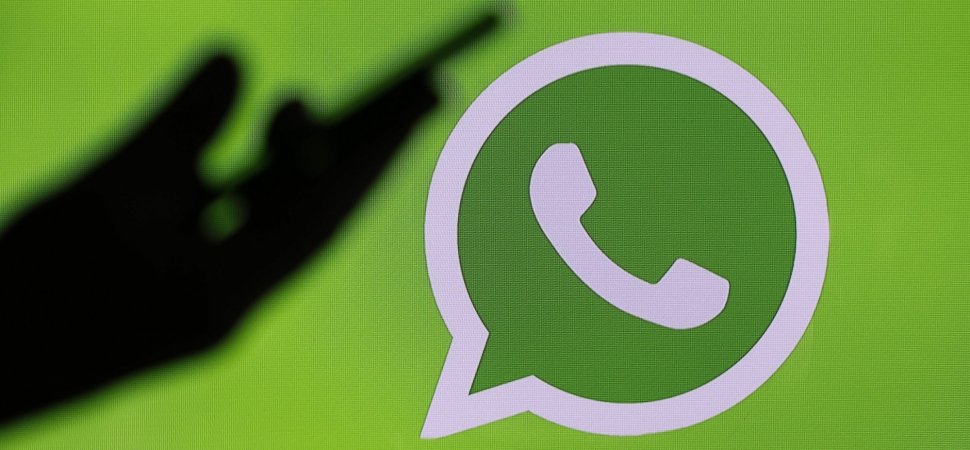Popular instant messaging app WhatsApp has been under scrutiny ever since the Pegasus spyware attack, for failing to protect its users’ privacy. The recent Pegasus spyware attack from Israel’s NSO exploited vulnerabilities in WhatsApp’s end to end encryption and put thousands of users at risk, including targeted attacks on the phones of politicians, journalists, and human rights activists, including India.
Activate Screen Lock/ Fingerprint or Face ID For WhatsApp
Although one could shift to more secure instant messaging apps like Signal or Telegram, nothing beats the popularity that WhatsApp enjoys as a platform in terms of sheer user-base. So, if you can’t avoid using Whatsapp, here are a few ways you could try making conversations and the app a bit more private.
Face unlock or fingerprint unlock has been a staple on iOS devices for quite some time and now, WhatsApp has launched this feature for Android devices as well. Go to Settings > Account > Privacy> select “Screen Lock” > and enable it. To enable the fingerprint lock, go to Settings > Account > Privacy > Fingerprint lock and scan your fingerprint to confirm the authentication. This feature provides the reassurance you need to know that there is an extra layer of security which helps in keeping away prying eyes from your personal conversations. On the iPhone X, iPhone XS, iPhone XS Max, iPhone 11, iPhone 11 Pro and the iPhone 11 Pro Max, the fingerprint option is replaced with the Face ID authentication option.
Choose Who Adds You to Groups
Someone adds you to a pesky family group chat driving you up the wall with mindless notifications and those boring WhatsApp forwards. Fortunately, WhatsApp lets you choose who can add you to Groups. Here’s How: Go to Settings > Account > Privacy > Groups and choose from “Everyone”, “My Contacts”, My Contacts Except…”, and “Nobody”. Most importantly, WhatsApp does not send a notification to your contacts if you’ve barred them from adding you to Groups. The app also has an invite system where a Group admin will be prompted to send you an invite through a private chat, the invite will expire in three days.
Restrict Who Can See Your Profile Picture/Status
WhatsApp lets you choose who is able to view your profile picture and status updates. Go to Settings > Account > Privacy >Profile Photo, and choose from “Everyone”, “My Contacts” and “Nobody”. You can change who has access to your Status updates through the Privacy tab. Choose from “My Contacts”, “My Contacts Except…” or “Only Share With…”. Make sure you change your Status settings before uploading a Status, otherwise, the settings will not be applicable.
Turn off read receipts
The WhatsApp’s ‘Blue Ticks’ can be turned off if you don’t want anyone to know that you have read their text. However, a point to keep in mind is that when this is turned off, you won’t be able to view other’s read receipts as well. Also, in groups, this feature doesn’t work. To access this feature, open Settings > Account > Privacy > Read Receipts and then turn on/off the toggle.
Block Contacts
If all else fails, WhatsApp lets you block users after which they will not be able to message you or see your profile picture, status, etc. When someone who is not on your contact list messages you, the option to block that person is shown upfront. If you need to block someone in your contact list, open that person’s chat, click on their name in the menu on top to open their ‘Contact Information’, scroll down and choose the “Block Contact” option that appears at the bottom.







